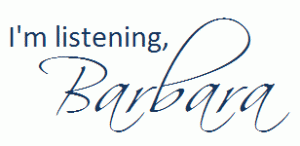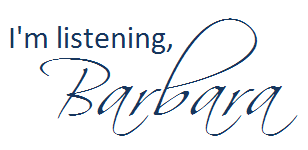 We’ve now (almost) finished Week Two of my online courses at Georgia Southern University. On a daily basis, I am receiving e-mails from students saying they’re confused about what to do and when. I know that taking online classes is new for most of you. So here are some tips that should help clarify things:
We’ve now (almost) finished Week Two of my online courses at Georgia Southern University. On a daily basis, I am receiving e-mails from students saying they’re confused about what to do and when. I know that taking online classes is new for most of you. So here are some tips that should help clarify things:
- Read all e-mails I send to you at your georgiasouthern.edu account.
- Read the 10 FAQs About My Online Classes at GSU that I originally posted during my first week of class. (I updated the list slightly this morning.)
- Attend the “live” sessions I host, when you can, in the Wimba Live Classroom on GeorgiaVIEW. I know some of you have classes or full-time jobs that don’t allow you much flexibility in your schedule. For that reason, I have recorded ALL of the live sessions I’ve held. However, when I look in the Tracking, I see that just a small handful of students have accessed the archives. There is information I share “live” in those sessions that you may not find elsewhere. It’s in your best interest to attend / watch / listen. (Just like if you miss class for a traditional brick & mortar class you wouldn’t expect the professor to rehash everything for you individually, you should not expect it for an online class.) If you ask me a question via e-mail that I addressed in a live session, I’ll probably refer you to the live session archives to find the answer.
- When I schedule a “live” online class, I always send out a meeting notice via Google Calendar. Either accept or decline the notice so I can know how many to expect. (This also lets me know that you received the notice.)
- Buddy up with another person in your class. Keep in touch with him/her every few days. Rely on each other to work through issues/questions before e-mailing me. You can see the Roster for your class in GeorgiaVIEW.
- Check GeorgiaVIEW for the “regular” (as in non-blog) assignments & assessments. Many times, the brief description of the assignment in GeorgiaVIEW will have a link to the complete description here on my blog.
- To know what is expected in your blog, read the Blogging Guidelines for your specific class.
- Finally, if you’re overwhelmed by the amount of information available at my blog (some of which may not apply to your specific class), look on the left sidebar of my blog. You’ll see a widget titled “GSU Class Links.” Click on the Category that describes your class, and up will pop ONLY the blog posts that apply to your class.
- Category of PRCA 3030 – Social Media for PR
- Category of PRCA 3330 – PR Writing
- Category of PRCA 3711/4711 – PR Practicum
The main reason I have everything here in one blog is that I have many students who are in multiple classes with me. It makes sense to centralize the information so no one needs to remember where to go to find their information. As long as you remember to click on the Category of your class, you should find my blog easy to navigate. And who knows, you may even learn something be reading about what is going on in other classes.

 For spring semester’s PR Writing courses that I’m teaching for Georgia Southern University and Southeastern University, I am augmenting my own content and
For spring semester’s PR Writing courses that I’m teaching for Georgia Southern University and Southeastern University, I am augmenting my own content and 
 [Updated with new links & info. Updates are in italics]
[Updated with new links & info. Updates are in italics]




